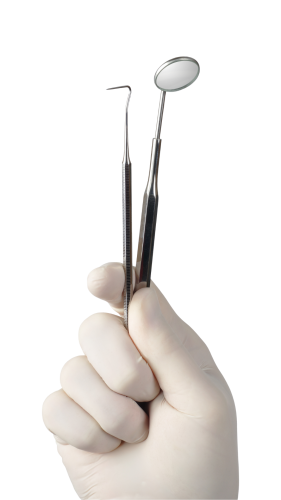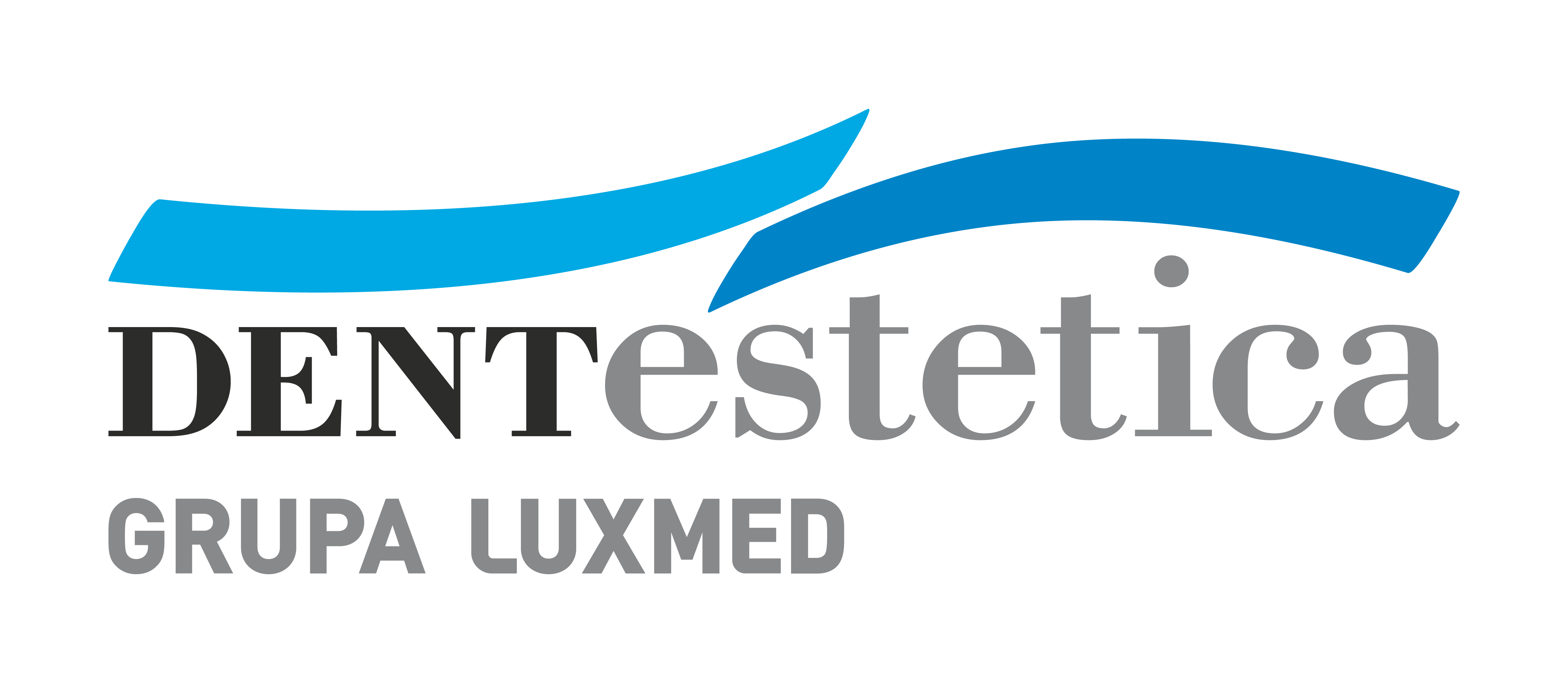Dental treatment under anaesthesia Krakow
Fear of the dentist is not a reason to be ashamed. At DENTestetica, we are fully aware of and understand this issue, which is why we have developed a special treatment program for individuals who experience immense stress when visiting the dentist. Qualified doctors, a friendly atmosphere, as well as appropriate anesthesia and calming methods, allow for stress-free and painless completion of any type of dental treatment.
What types of anesthesia do we use?
Computer assisted anesthesia
General anesthesia
Inhalation sedation
Sedoanalgesia

How does it work?
All procedures performed during one visit.
Choosing the appropriate anesthesia
Computer anesthesia
Computer anesthesia with the American device WAND STA® allows for performing precise anesthesia for almost any type of procedure. Thanks to the special sensor, it is possible to operate below the threshold of human pain, which means that administering anesthesia in this form is practically painless.
The technique also enables the anesthesia of the back lower teeth without the need for regional anesthesia. This eliminates the inconvenient and lingering numbness of the face and tongue that occurs with traditional methods of anesthesia, which can last for several hours after the procedure.
The WAND STA® method works instantly and allows for a high degree of control over the anesthesia process. Due to its high effectiveness and excellent patient acceptance, computer anesthesia is particularly recommended for children, individuals with dental phobia, patients experiencing anxiety before dental visits, and those who are particularly sensitive to pain.
Quick and efficient method
Safe for pregnant women
Suitable for the youngest patients
Completely painless anesthesia
Inhaled sedation
For individuals who have contraindications to traditional methods of anesthesia and have significant fears of dental procedures, we use the method of inhaled sedation. It is a safe and effective way to provide comfort and anesthesia, particularly for patients with severe anxiety.
Inhaled sedation involves administering a mixture of nitrous oxide and oxygen, commonly known as “laughing gas,” to the patient. It provides a high level of calming and anti-anxiety effects, and also induces retrograde amnesia – the patient does not remember the procedure.
This method is particularly recommended for individuals with strong anxiety related to dental treatment or needle insertion, those prone to nausea and vomiting, hyperactivity, and nervousness, as well as during lengthy procedures. Due to its high level of safety, inhaled sedation is also used in pediatric dentistry.
A person undergoing sedation is in a state of pleasant relaxation, and after the procedure, their memories resemble a dream. Returning to a normal state involves administering pure oxygen, which is quick and seamless. Within 30 minutes, the patient regains full consciousness, can drive a car, and all effects completely dissipate.
Safe and proven method
Care of an experienced anesthetist
Calming and relaxing effect
Modern alternative to general anesthesia
Recommended for hypertensive patients
Sedation and analgesia
In the case of lengthy dental procedures combined with surgical interventions, it is necessary to use appropriate relaxing and sedating methods. Sedation and analgesia allow for keeping the patient in a prolonged state of reduced consciousness without subjecting them to general anesthesia. Therefore, it is one of the safer and increasingly widely used methods, especially during complex dental treatments.
Sedation and analgesia are performed by an anesthesiologist and involve the intravenous administration of appropriate drugs. The person undergoing sedation is in a state of general relaxation and calmness, without experiencing anxiety, but remains fully capable of independent breathing and responding to the doctor’s instructions. After being brought out of the sedated state, the patient does not remember most of the procedure or recalls it as if it were a dream.
This method is most commonly used during complex and lengthy implantological procedures, as well as those involving bone grafts or artificial bone augmentation. Due to its effects, it finds extensive application in treating patients with advanced dental phobia, as well as individuals with high blood pressure that makes it unsafe to undergo surgical procedures without sedation
Safe and proven methodniepamięć wsteczną zabiegu
Care of an experienced anesthetist
Calming and relaxing effect
Modern alternative to general anesthesia
General anesthesia
General anesthesia involves inducing a patient into a state similar to a very deep sleep. During general anesthesia, the patient is asleep, does not feel pain, and hears nothing.
A person under general anesthesia breathes a mixture of oxygen and sedative gases. It is not possible for the patient to wake up before the procedure is completed; they are awakened after it. From the administration of anesthesia until the completion of the procedure and awakening, the patient is under the care of an anesthesiologist.
General anesthesia is administered to individuals who suffer from an extremely severe form of dental phobia or have a low pain threshold. It can also be used for patients with limited cooperation, such as those with intellectual disabilities, as well as young children who cannot cooperate with the dentist.
The decision to undergo treatment under general anesthesia is made by the dentist during a dental consultation, during which the patient receives a treatment plan and information about necessary examinations.
If the patient is being treated for chronic illnesses, it is necessary to provide a certificate from a doctor stating that there are no contraindications for general anesthesia. The next step is to schedule the procedure. The waiting time is usually two weeks from the consultation.
Patient does not remember the treatment
No needles
Call us
To schedule an appointment, please call the phone number +48 887 05 05 01 or +48 887 05 05 02
Set the route
The clinic is located at Kamienna Street 21 in Krakow in the Stare Miasto district. Free parking is available for patients.
Working hours
Our clinic is open from Monday to Friday, from 9 AM to 8 PM. More info here.
